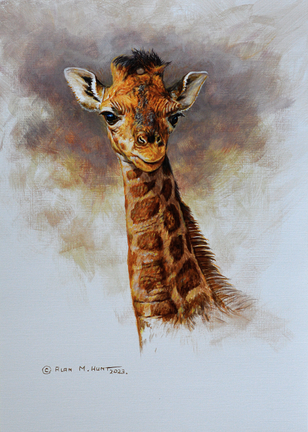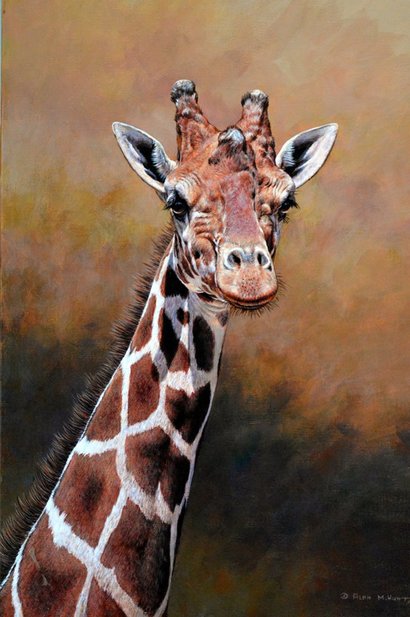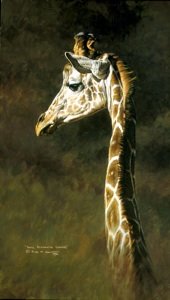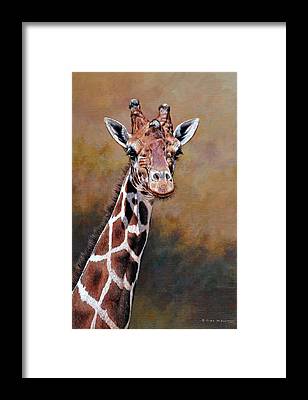GIRAFFE PAINTINGS
Early written records described the giraffe as "magnificent in appearance, bizarre in form, unique in gait, colossal in height and inoffensive in character." Ancient cultures in Africa revered the giraffe, as some modern cultures do today, and commonly depicted it in prehistoric rock and cave paintings
BUY GIRAFFE PRINTS ON FINE ART AMERICA
You can buy wall art and art prints and merchandise featuring Alan M Hunt's Giraffe paintings on Fine Art America.







